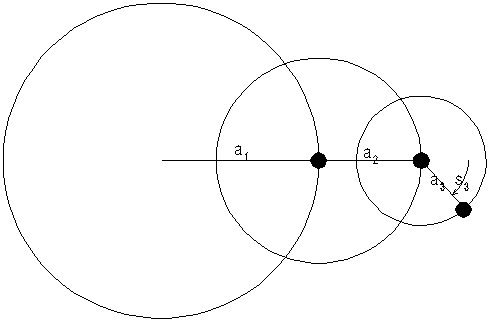Table of Contents
Gadgetry Class
Gadget One
Use Cases
- Helping hard of hearing individuals tell where a sound is coming from.
- Help military personnel tell where shots are coming from. Ears system by QinetiQ does a good job (heading and distance) for ~$8,000 a unit! Based on the video, it uses the time delays between the shock wave of the bullet and the sound of the muzzle blast to tell distance and 4 microphones to tell angle. Interesting…wonder how well it deals with echos?
- Ultrasonic Localization (eventually used Kalman Filter). Cool project from Cornell Senior Projects!
Gadget Two
Inspiration
Code Organization
- Set up motors
- Get mirrors mounted on motors
- Attach 22-gauge? wires to motors and solder into board
- Get PWM output working
- (16-bit I think…probably little difference in motor speed between ticks, but it'd be an interesting test)
- Be sure to have it set at a high frequency to limit audible noise
- Read in joystick
- Have a global joystick variable that gets updated on an interrupt with a change in ADC
- Range should be 0 to 4096 w/ 2048 being center on each x and y
- Calibrate
- Measure angles of each mirror, try to match them as close as possible
- Do a linear mapping of motor PWM to RPM for each motor
- Should be able to generate accurate images that correspond to Processing now
- Create Processing app to demo audio too and release interactive easily-usable version
Gadget Two Construction Notes
- Joystick ranges from 3300 to 230 on each side w/ about 20 ticks of noise on each side and not full range!! Middle is 1770 for each. I thought 2.2K on Vcc would remedy this, but maybe I'm wrong.
Lissajous Generator
- Use PWM (with microcontroller) and 4 mirror setup. Not sure what to do about red laser or diffractors…
- Leyanda.de Project. Talks about effective PWM operation and using mosfet for laser switching.
- Another option. He measured each angle of mirror using some math after the fact. Kinda cool!
- Take pictures of it on long exposure to get the full effect of the shapes (especially for higher numbers of mirrors)
- The landmark paper on this is Frank Farris' Paper, "Wheels on Wheels on Wheels"
where n is the number of engaged wheels: wheel k has its center fixed on a point of the circumference of wheel (k-1). On each wheel, a_k is related to the radius, n_k to the rotation speed, and \theta_k is an initial phase angle. Farris demonstrated that the z(t) curve has g-fold rotational symmetry if all the pairwise differences |n_k-n_j| have g as their greatest common divisor.
So, the radius here is the degree offset of the mirror (how wide of a circle it makes), and Nk is indeed the rotation speed. So, we want to have mirror angles as similar as possible to get good shapes.
https://www.dropbox.com/s/dxcw98u3o90fx0t/spirolab_application.windows32.zip?dl=0
Processing Spirograph Script
Features
- Holding SHIFT & CTRL follows line from center outwards. Keeps relationship between the two speeds constant
To Do's (in approximate order)
- Incorporate controlP5. Reza's supershapes is a good similar example
- Not sure how accurate the tones actually are to the shapes. The beats seem to line up though with only a little lag.
- Fix the transitions between shapes so that it doesn't create ugly line
- Maybe use integrator to smooth it out?
- Adjust low notes so they are louder. However, Minim fails to do amplitude changes that quickly over multiple notes I'm thinking. It does it for one just fine though!




